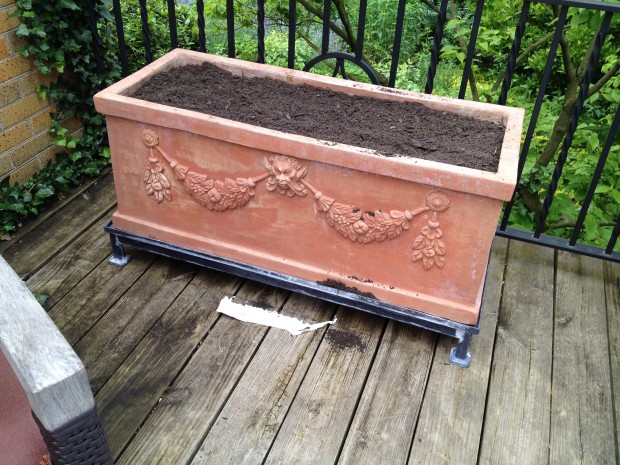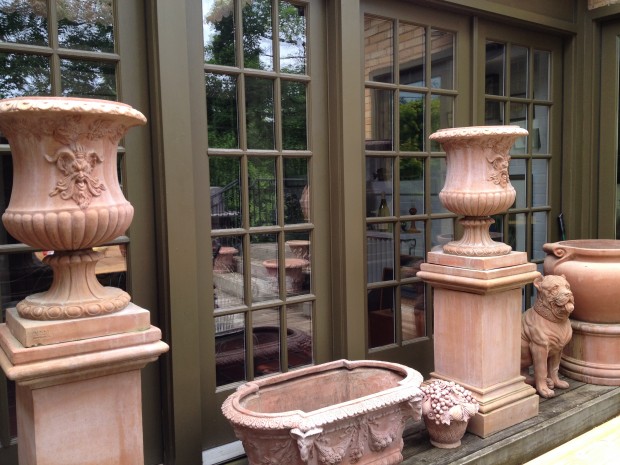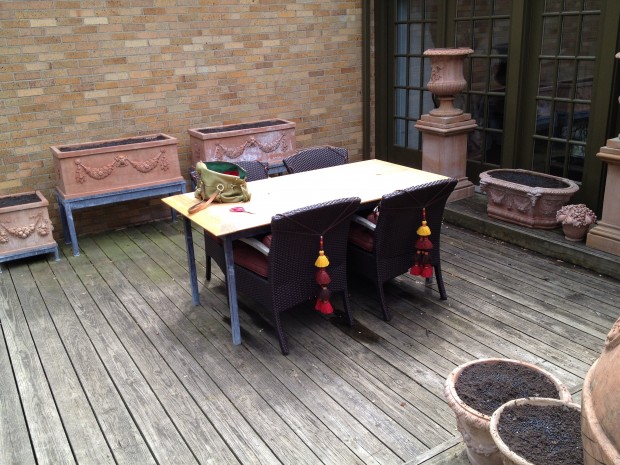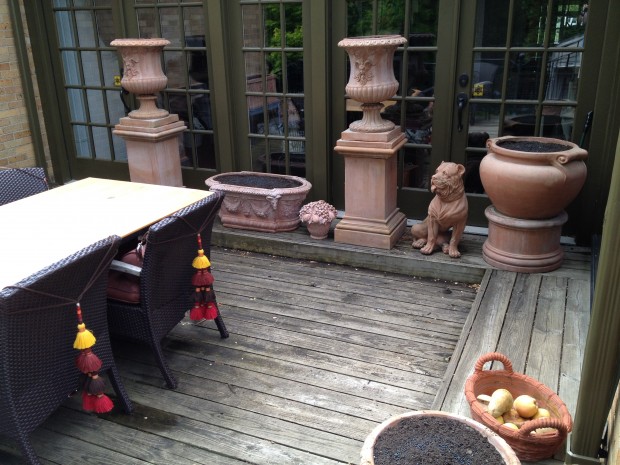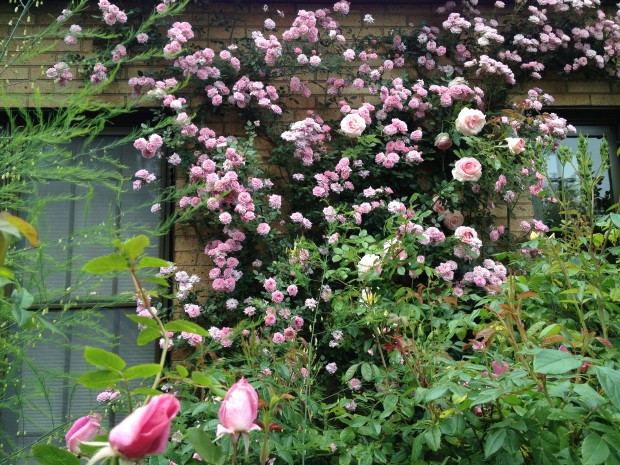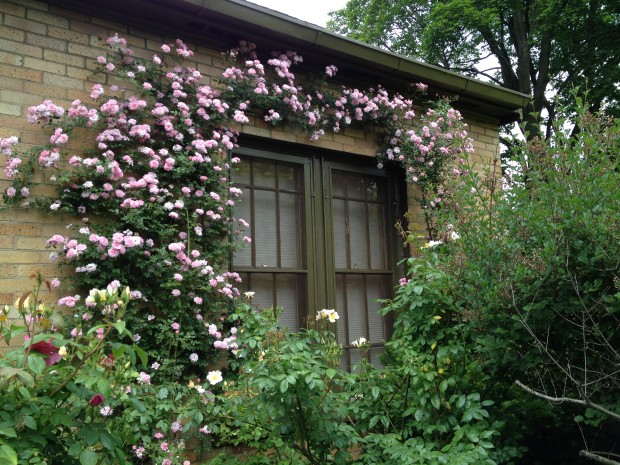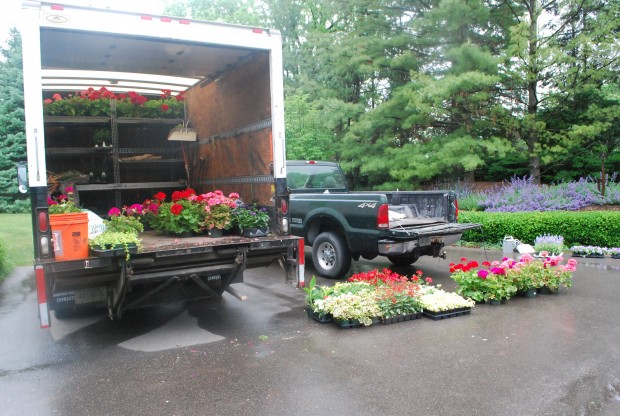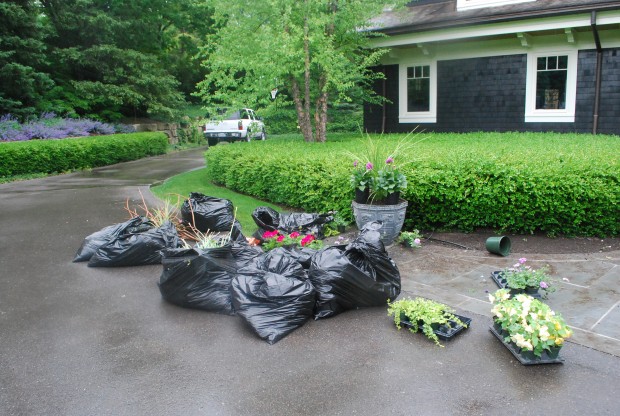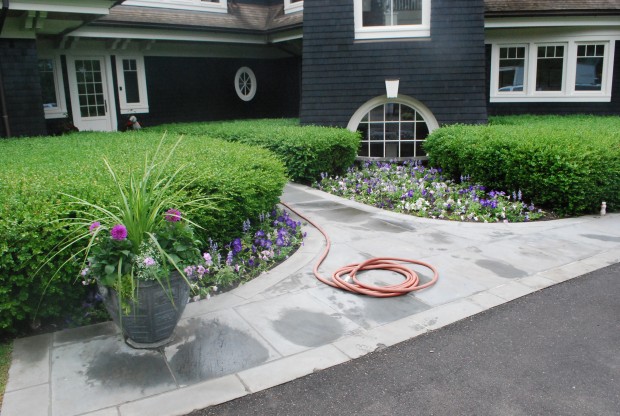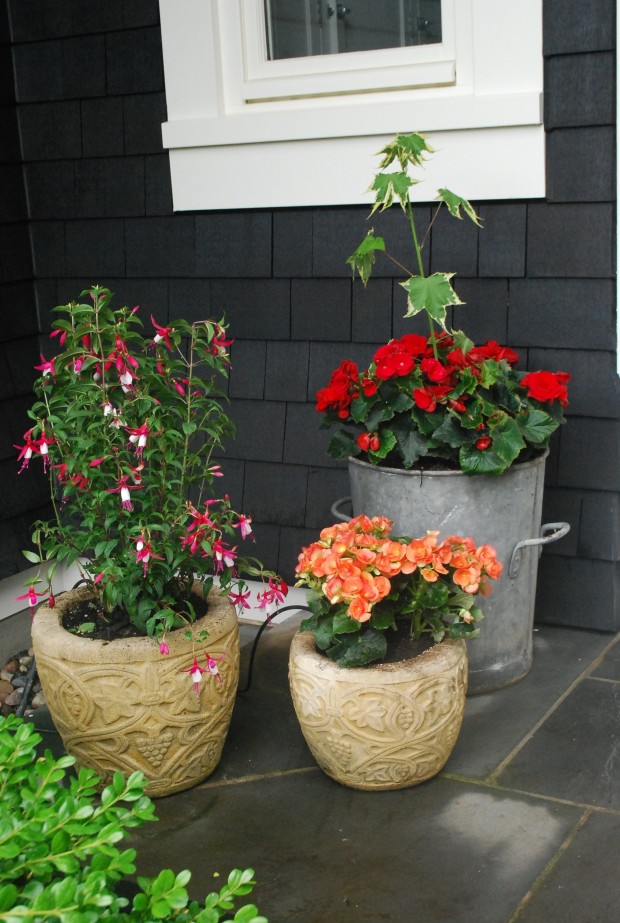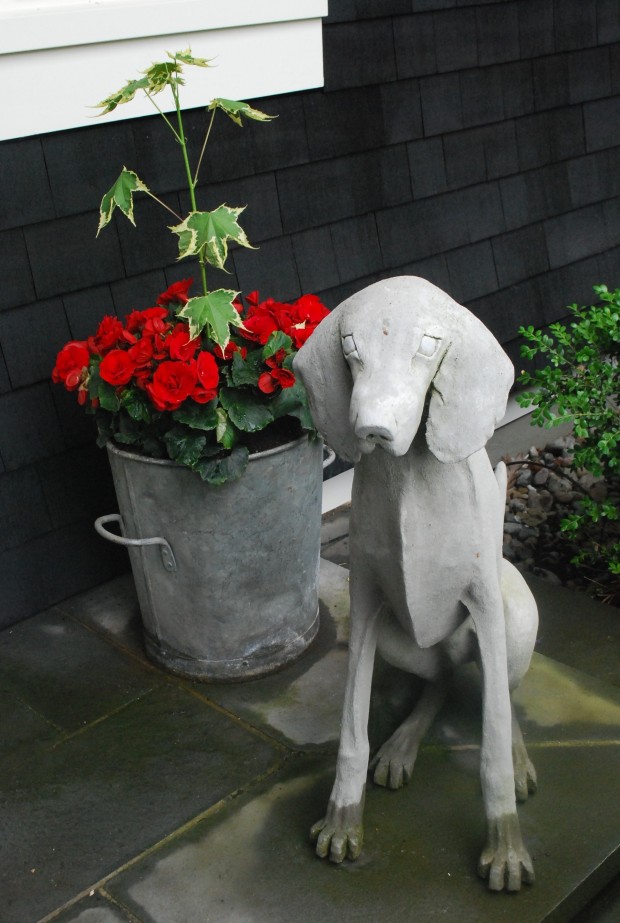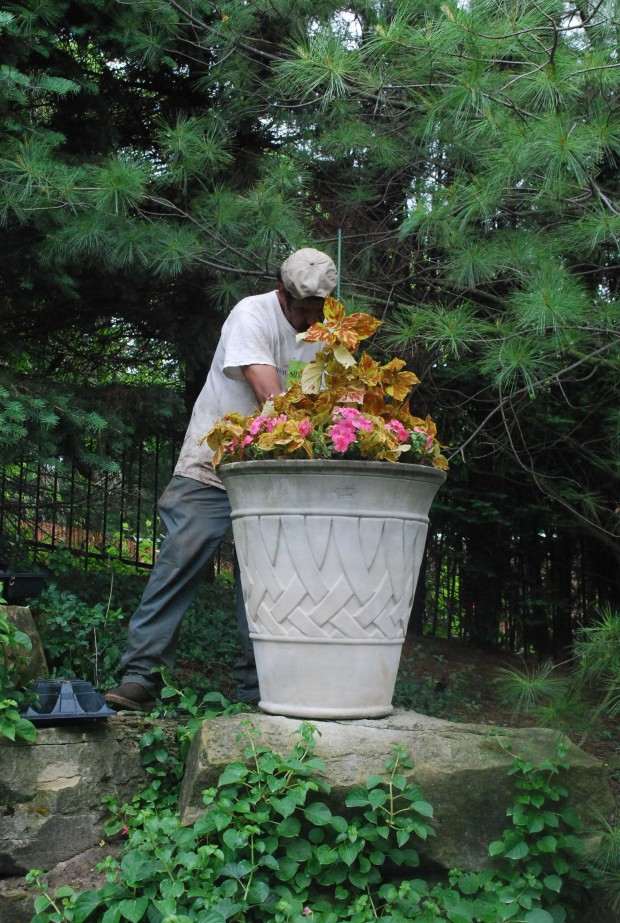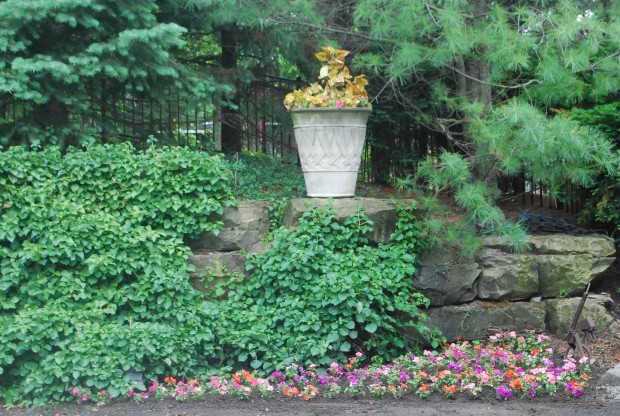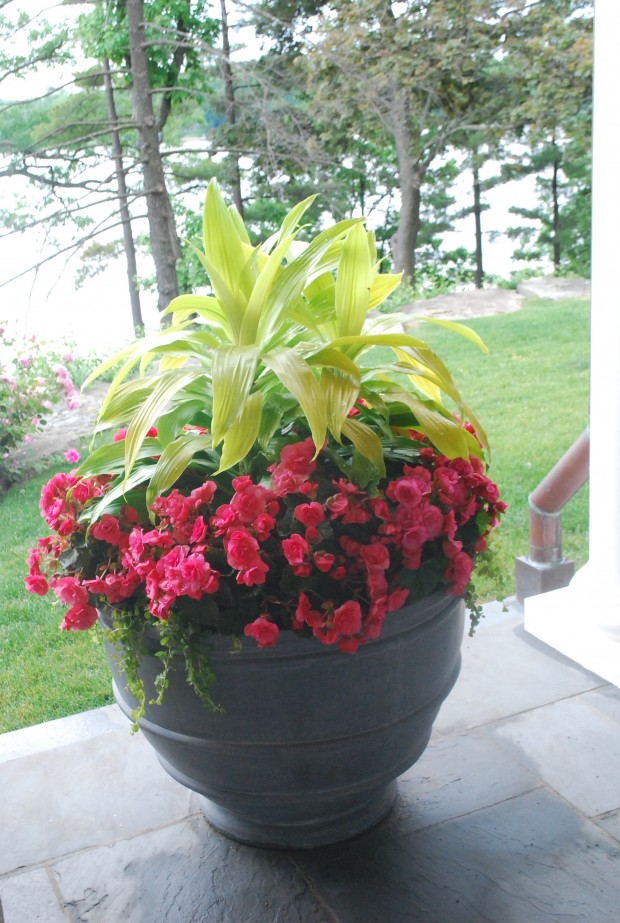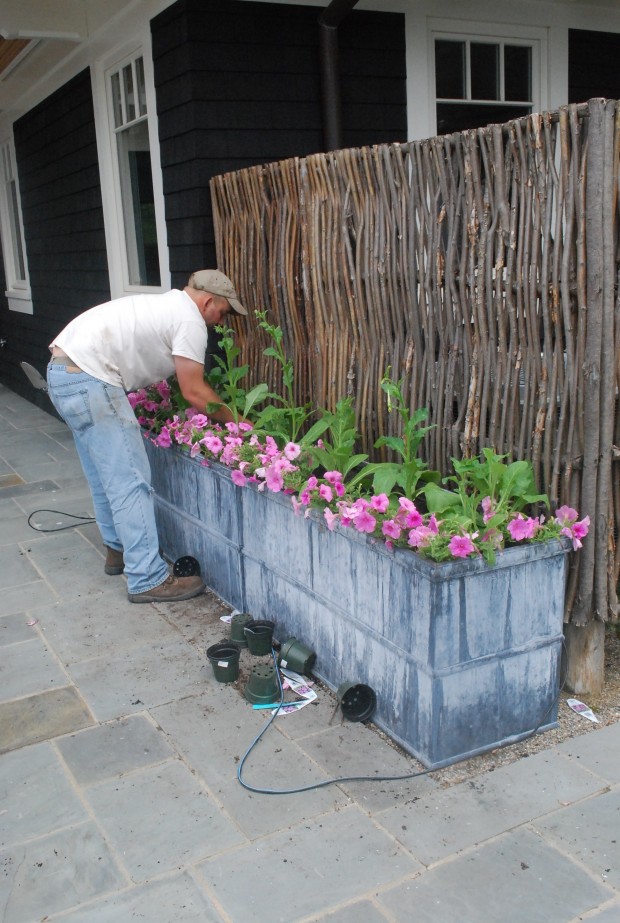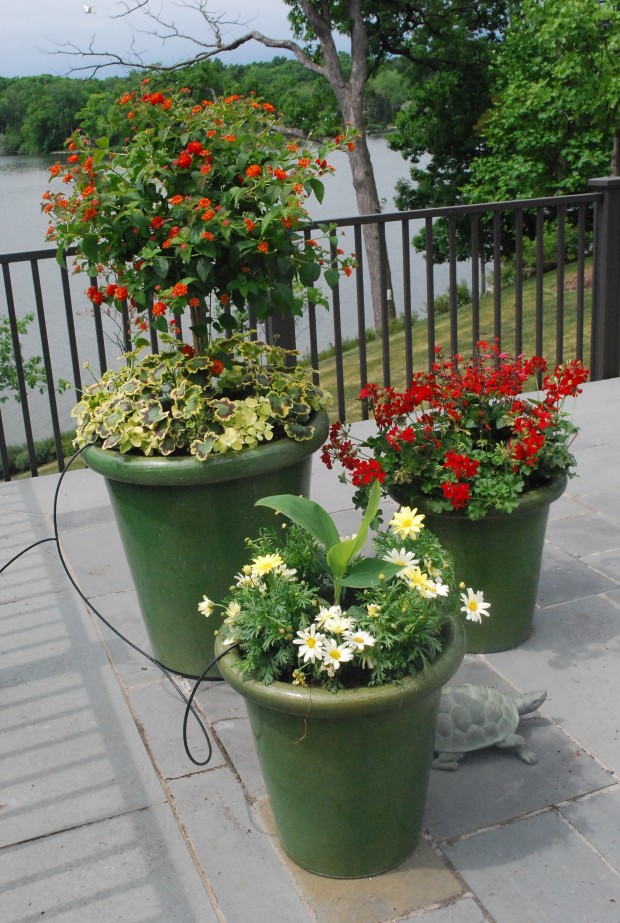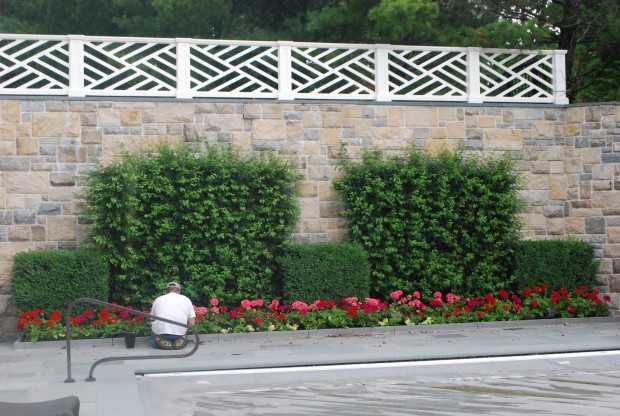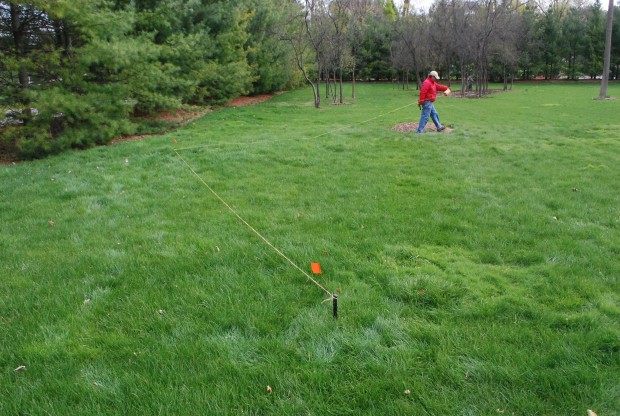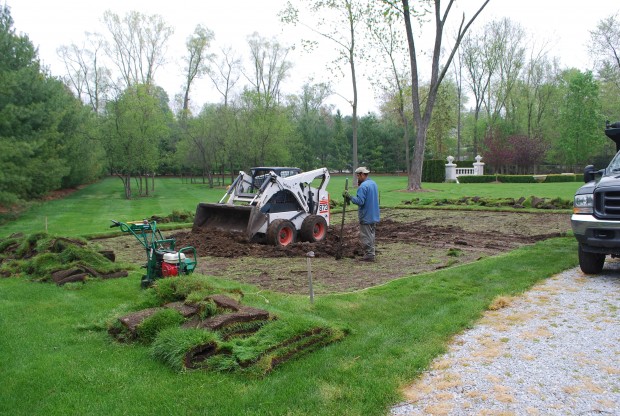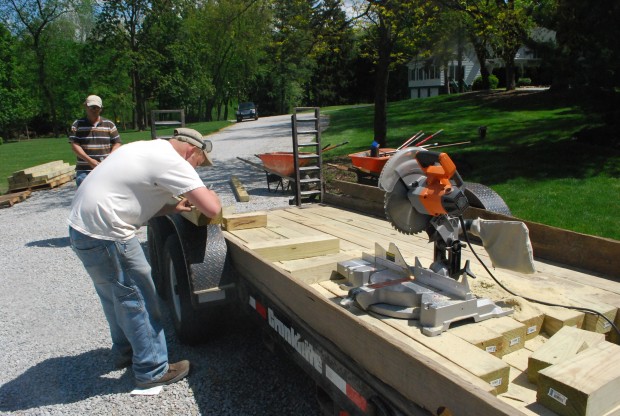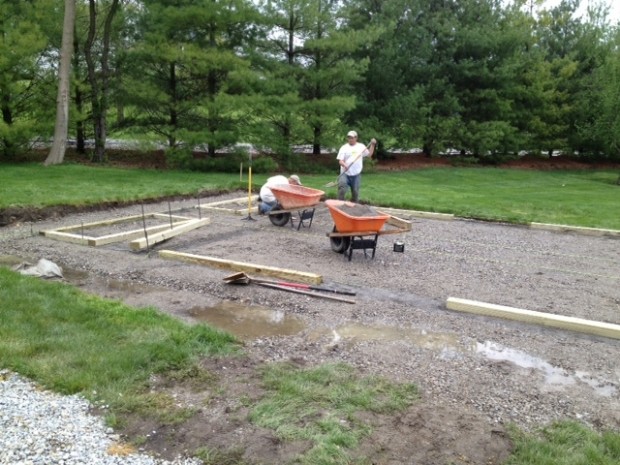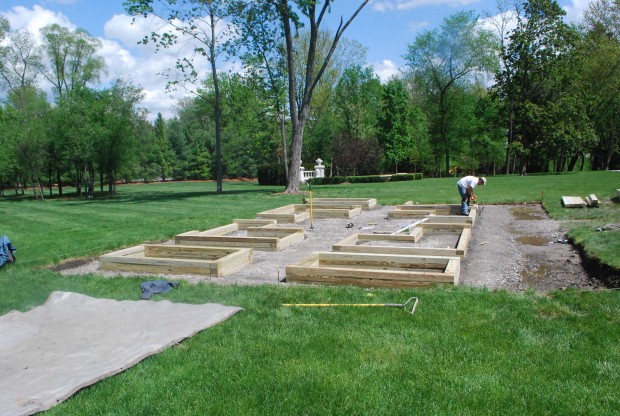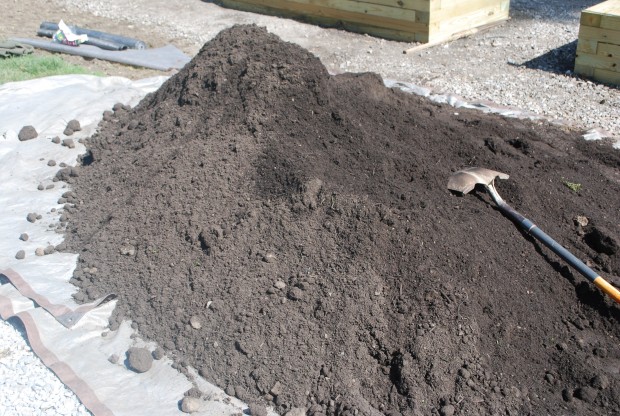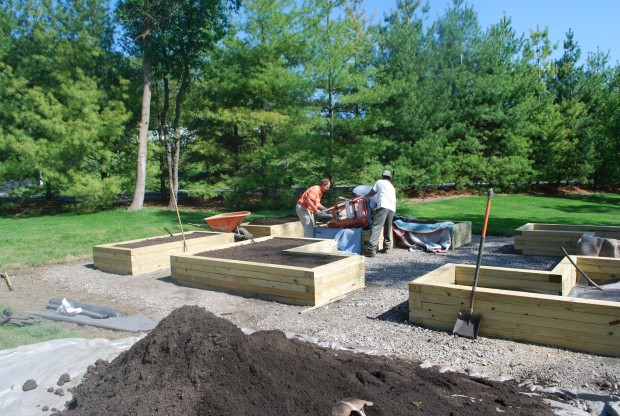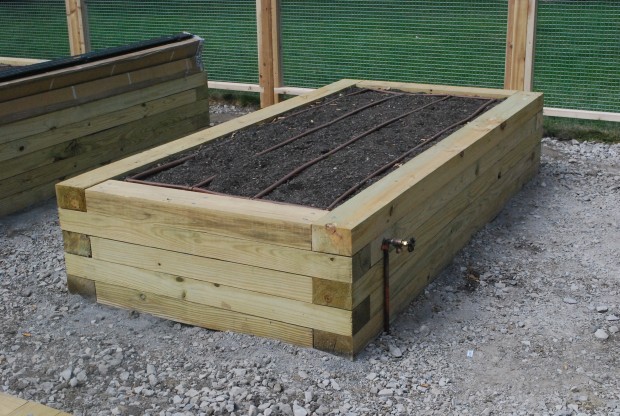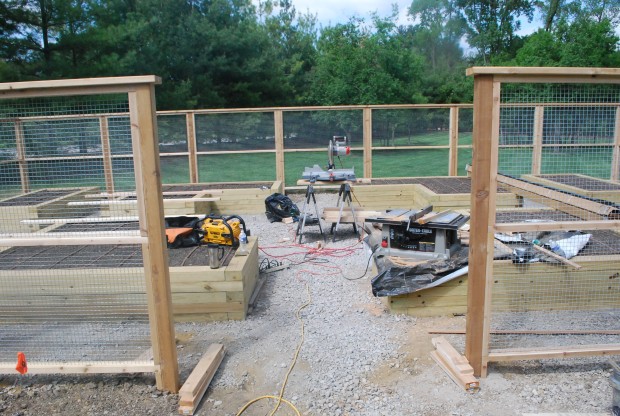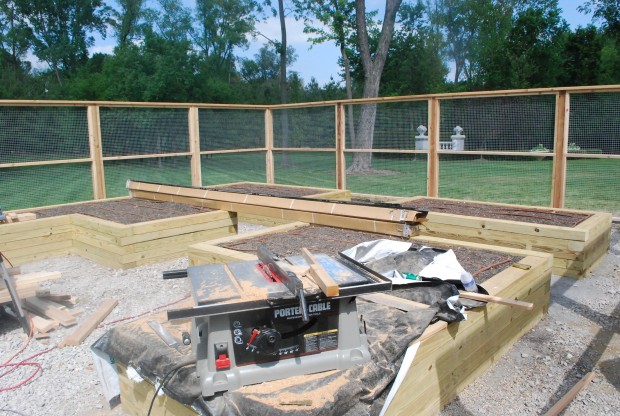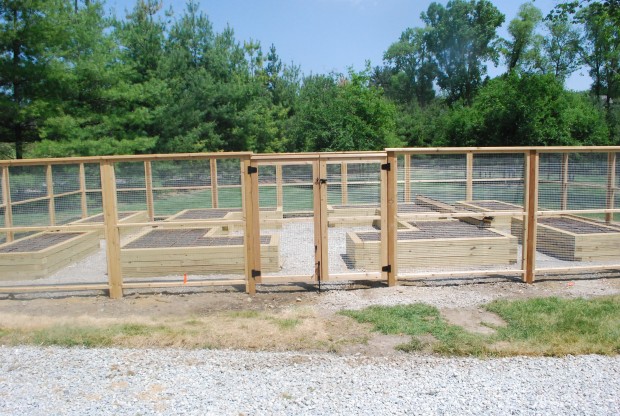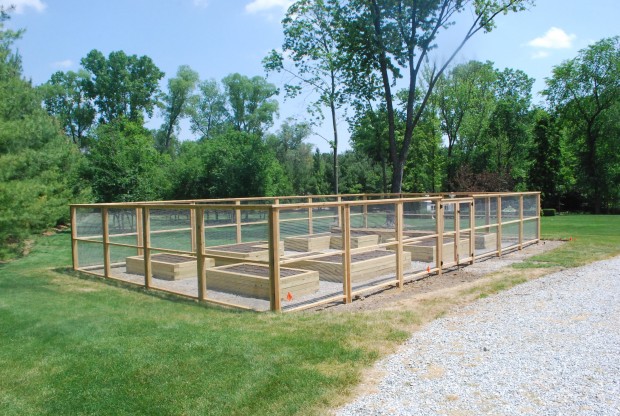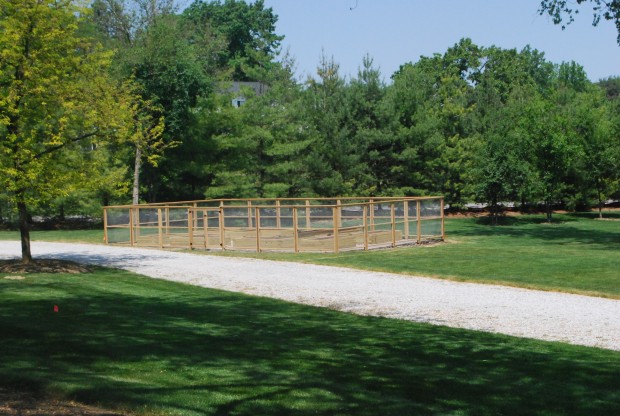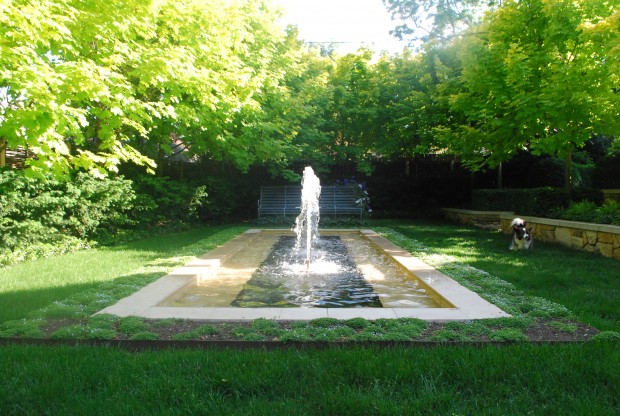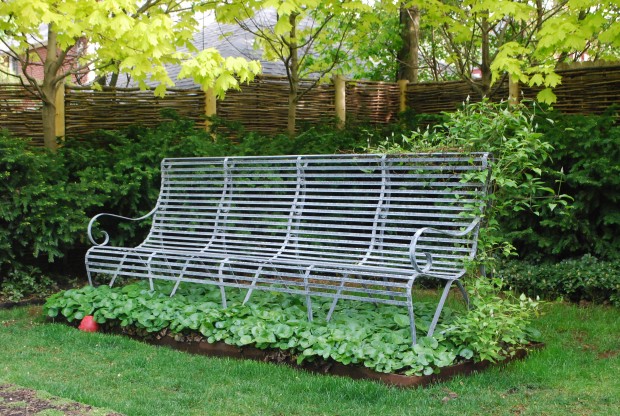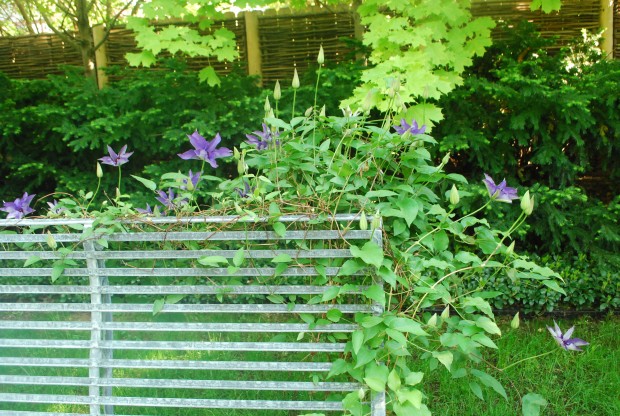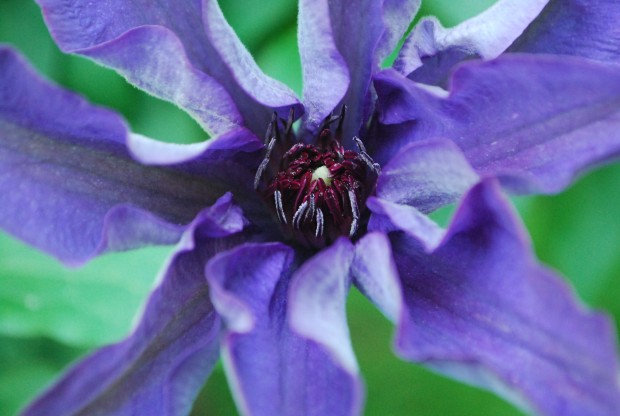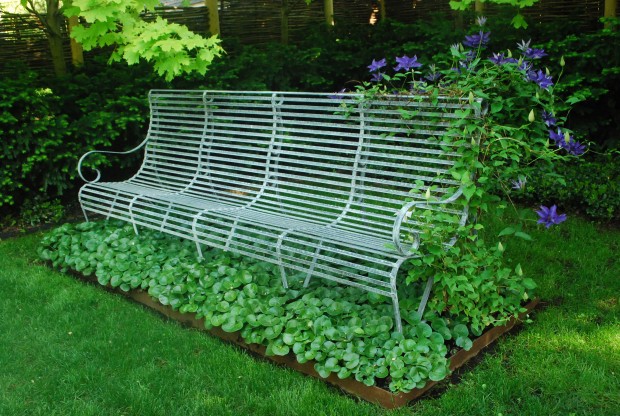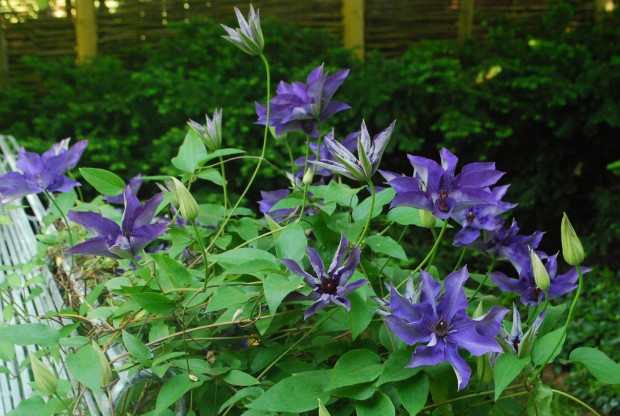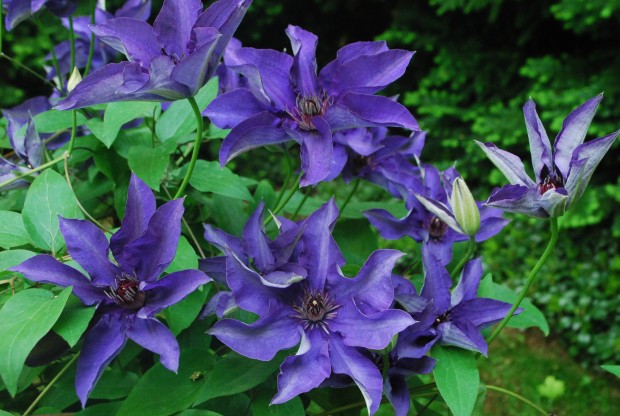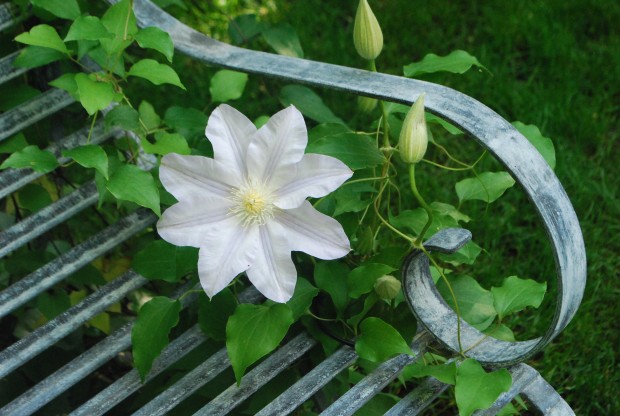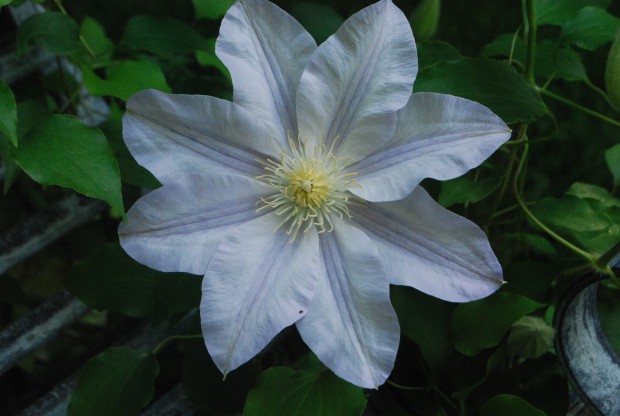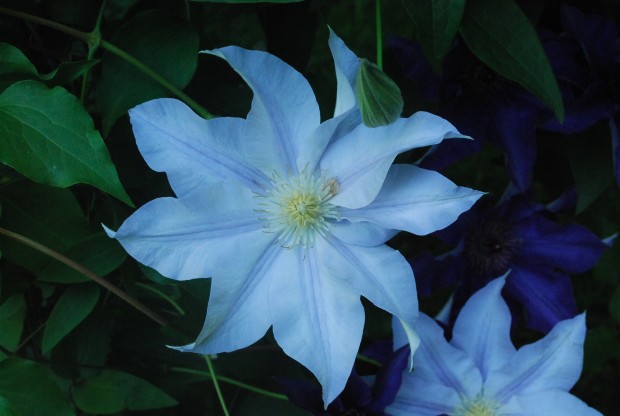Both of my crews combined yesterday to plant annuals in containers and in the ground at one of our big jobs. We finished up about 3:30. It was the consensus that my pots could be brought out from the garage, and filled with soil-an end of the day job. I was delighted with the offer.
Next to the pruning of the boxwood, this is my favorite day of the year. The pots come out of storage. I move them a few inches this way or that. I may reconfigure them altogether. I have next to no warning when that moment for the placing and filling of my pots will be-good thing. The pressure of the moment is sometimes my best effort. When I have too much time to think and rethink, I can stall and move right into a tail spin.
I do not like my crews glaring at me, waiting for a decision. They want to get the work done-with dispatch. Needless to say, all of my pots are out and placed now, and furthermore chock full of soil. It takes my crew only moments to get this part done. It takes me many more moments to make a decision about what to plant. I walked by these dirt filled pots many times late yesterday afternoon.
That I am home in the afternoon at the end of May is a rare day indeed. Of course I took advantage of that moment. I toured every square inch. Though what I will plant in my pots this year is so much on my mind, I enjoyed what has been going on in other parts of my garden, in my absence.
My roses are starting to bloom. They are early this year. The climbing roses, the dwarf Jeannie Le Joie, and the big flowered climber Eden, were not a bit fazed by our terrible April frosts. They are coming into bloom, as though all was well with the world. My Griffith Buck roses-another story. The buds are small. The extreme heat we have had the past few days means some flowers have come into bloom, and shattered in less than a day.
Our late April frosts are still haunting my garden. But it was hard to be discouraged. I was in my garden on a sunny afternoon the end of May. This means I was on holiday.
I was happy to be home, unexpectedly, on the Saturday afternoon of Memorial Day weekend.
